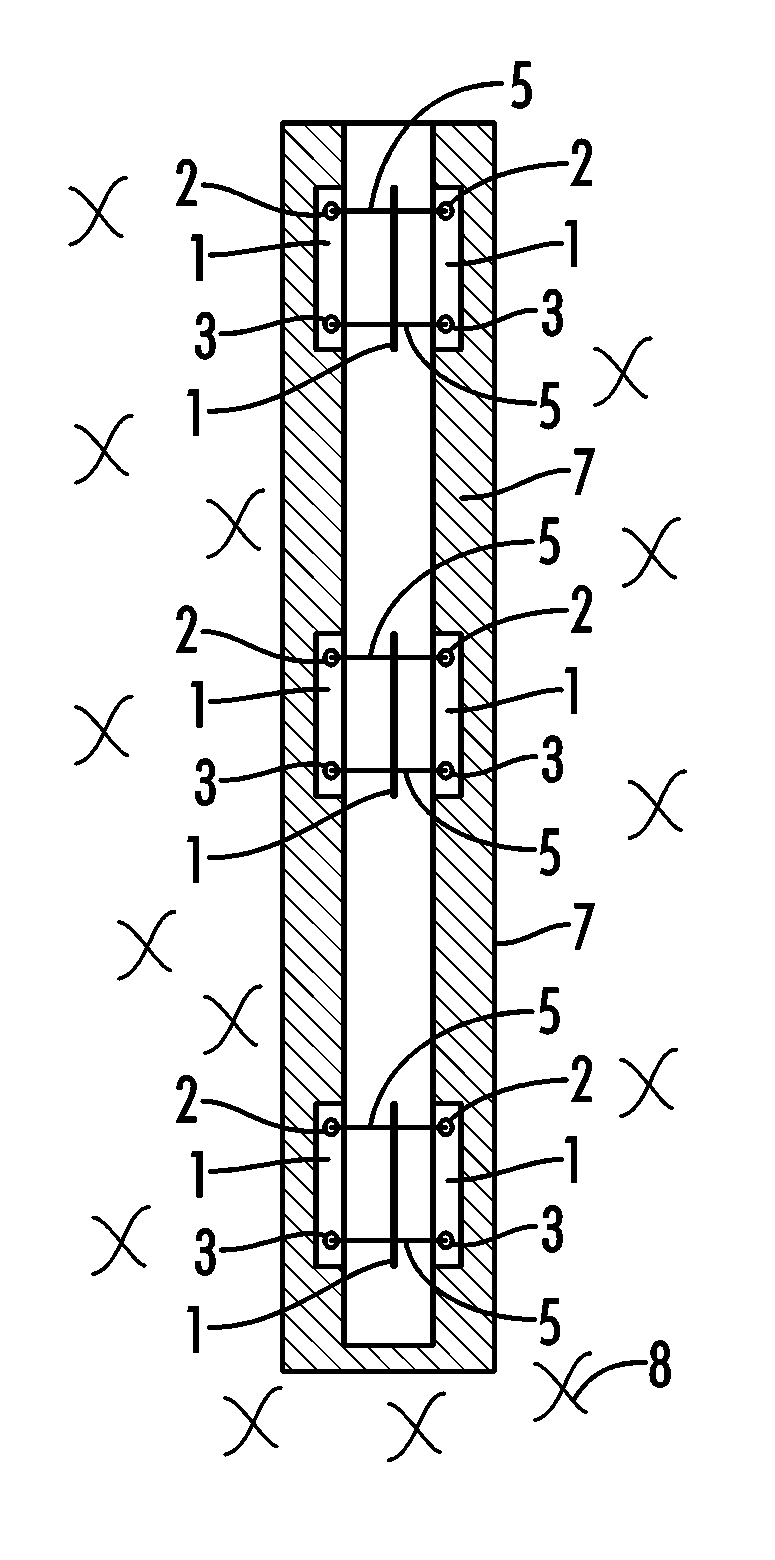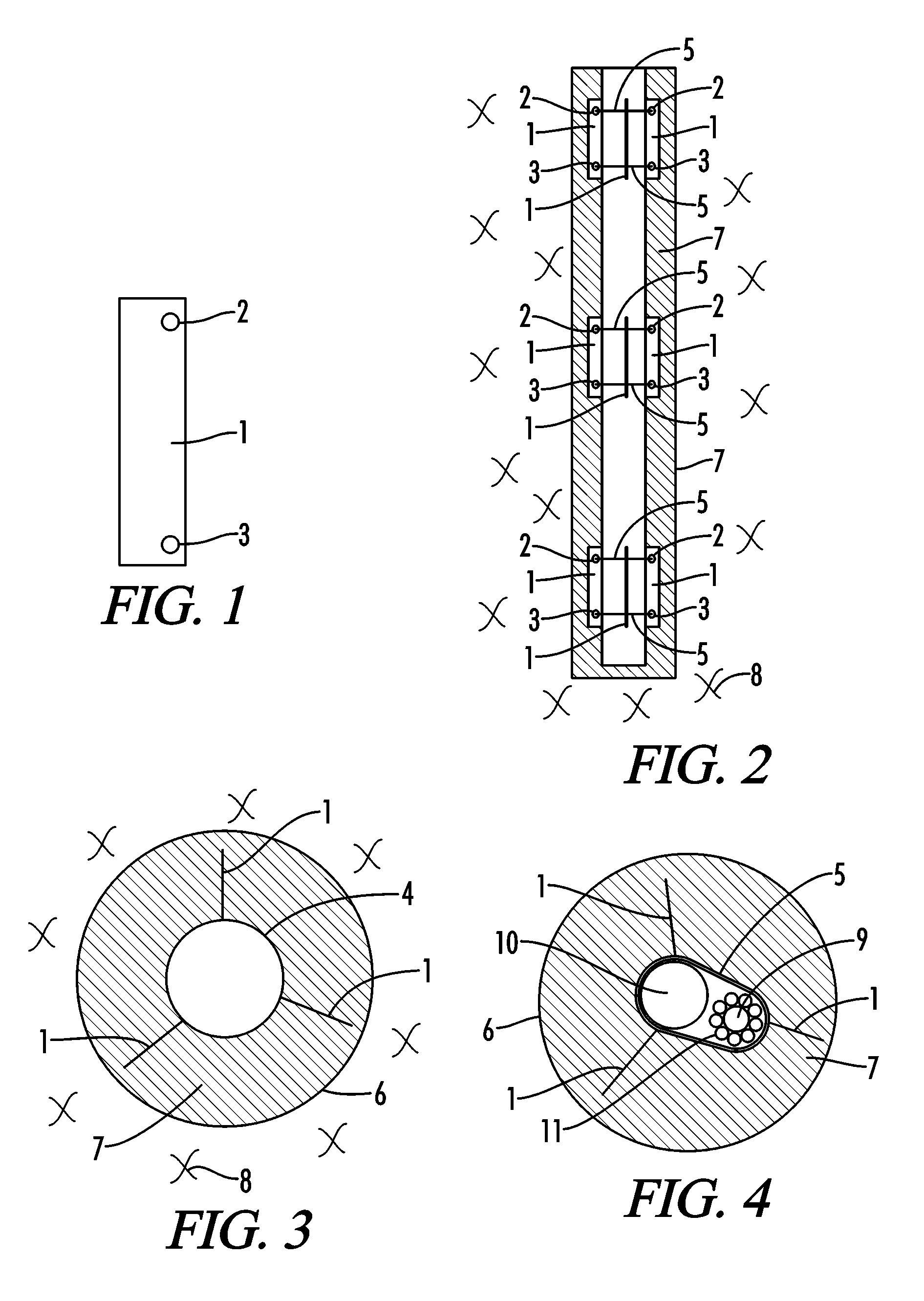Sub-surface tubing spacer means for direct expansion heating/cooling systems
a technology of direct expansion and subsurface tubing, which is applied in the direction of domestic cooling equipment, heat pumps, lighting and heating equipment, etc., can solve the problems of limiting the ability to install dx systems in various applications, and affecting the installation of dx systems
- Summary
- Abstract
- Description
- Claims
- Application Information
AI Technical Summary
Benefits of technology
Problems solved by technology
Method used
Image
Examples
Embodiment Construction
[0028]The following detailed description is of the best presently contemplated mode of carrying out the invention. The description is not intended in a limiting sense, and is made solely for the purpose of illustrating the general principles of the invention. The various features and advantages of the present invention may be more readily understood with reference to the following detailed description taken in conjunction with the accompanying drawings.
[0029]Referring now to the drawings in detail, where like numerals refer to like parts or elements, there is shown in FIG. 1 a side view of a spacing device comprised of a spacer fin 1, with an upper hole 2 and a lower hole 3 respectively drilled or punched through the spacer fin 1 for purposes of securing the spacer fin 1 in place.
[0030]FIG. 2 shows a side view of a series of three, vertically oriented, respective spacer devices comprised of spacer fins 1 secured around a refrigerant transport tube 4 (which could alternatively be a r...
PUM
 Login to View More
Login to View More Abstract
Description
Claims
Application Information
 Login to View More
Login to View More - R&D
- Intellectual Property
- Life Sciences
- Materials
- Tech Scout
- Unparalleled Data Quality
- Higher Quality Content
- 60% Fewer Hallucinations
Browse by: Latest US Patents, China's latest patents, Technical Efficacy Thesaurus, Application Domain, Technology Topic, Popular Technical Reports.
© 2025 PatSnap. All rights reserved.Legal|Privacy policy|Modern Slavery Act Transparency Statement|Sitemap|About US| Contact US: help@patsnap.com


